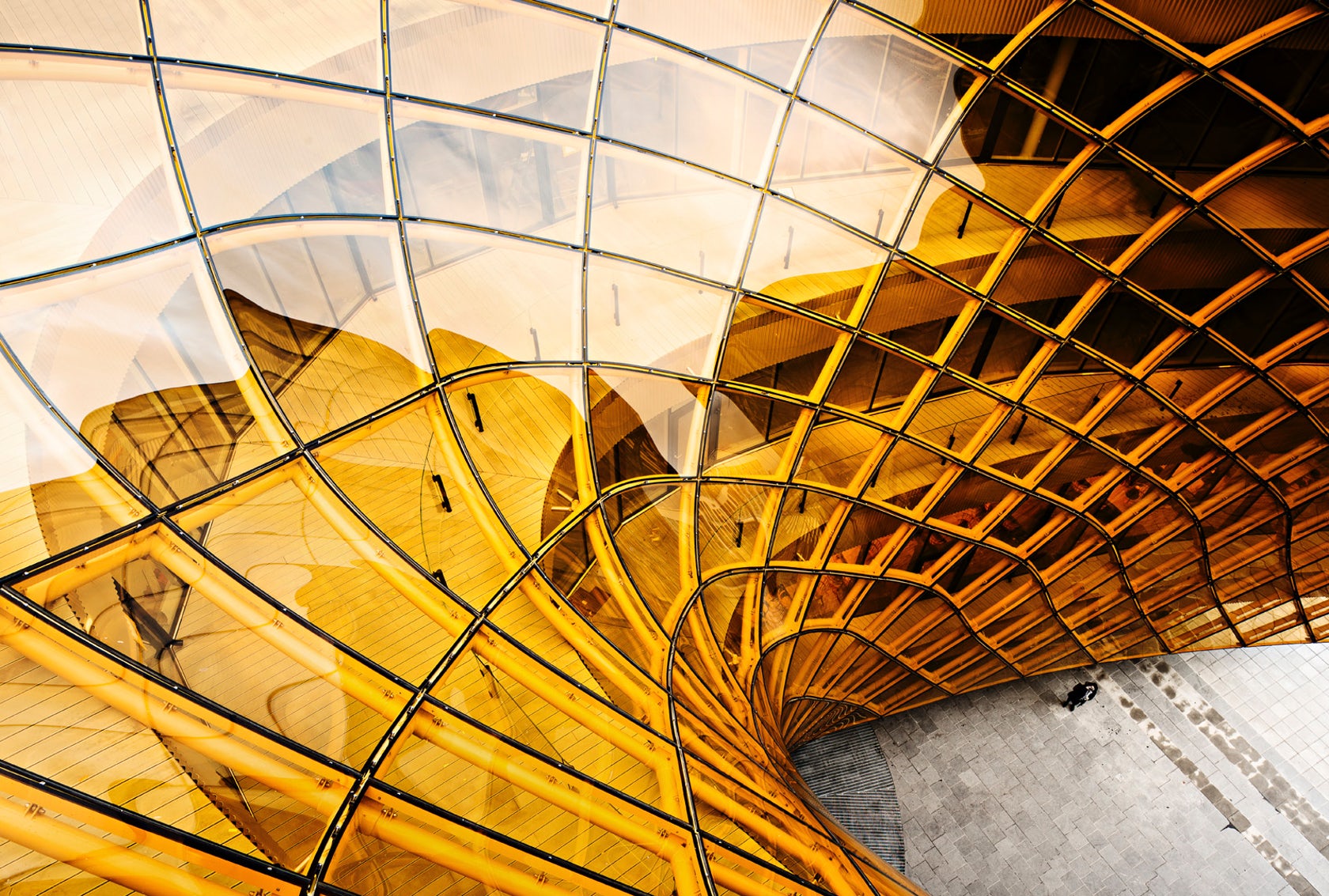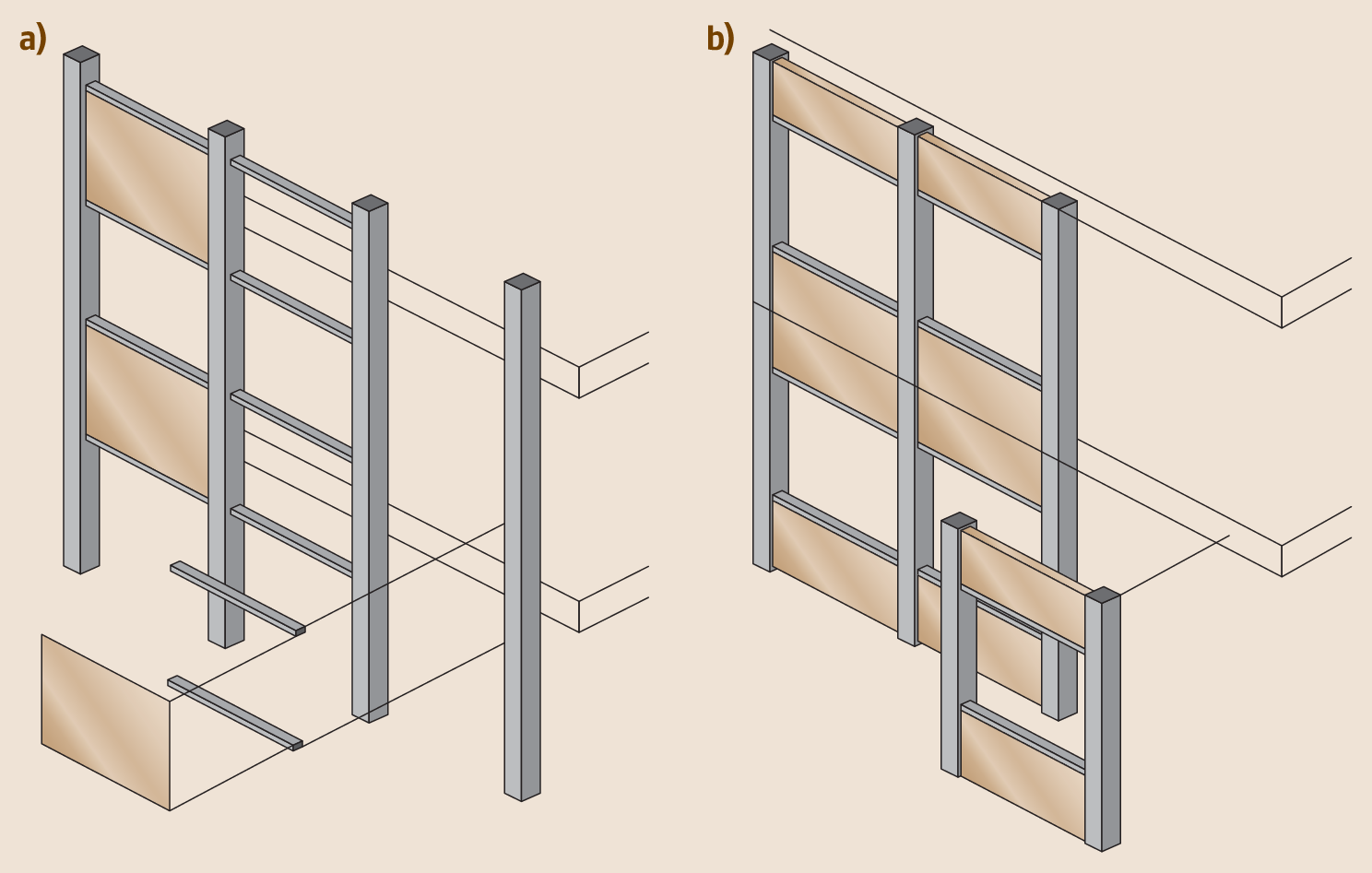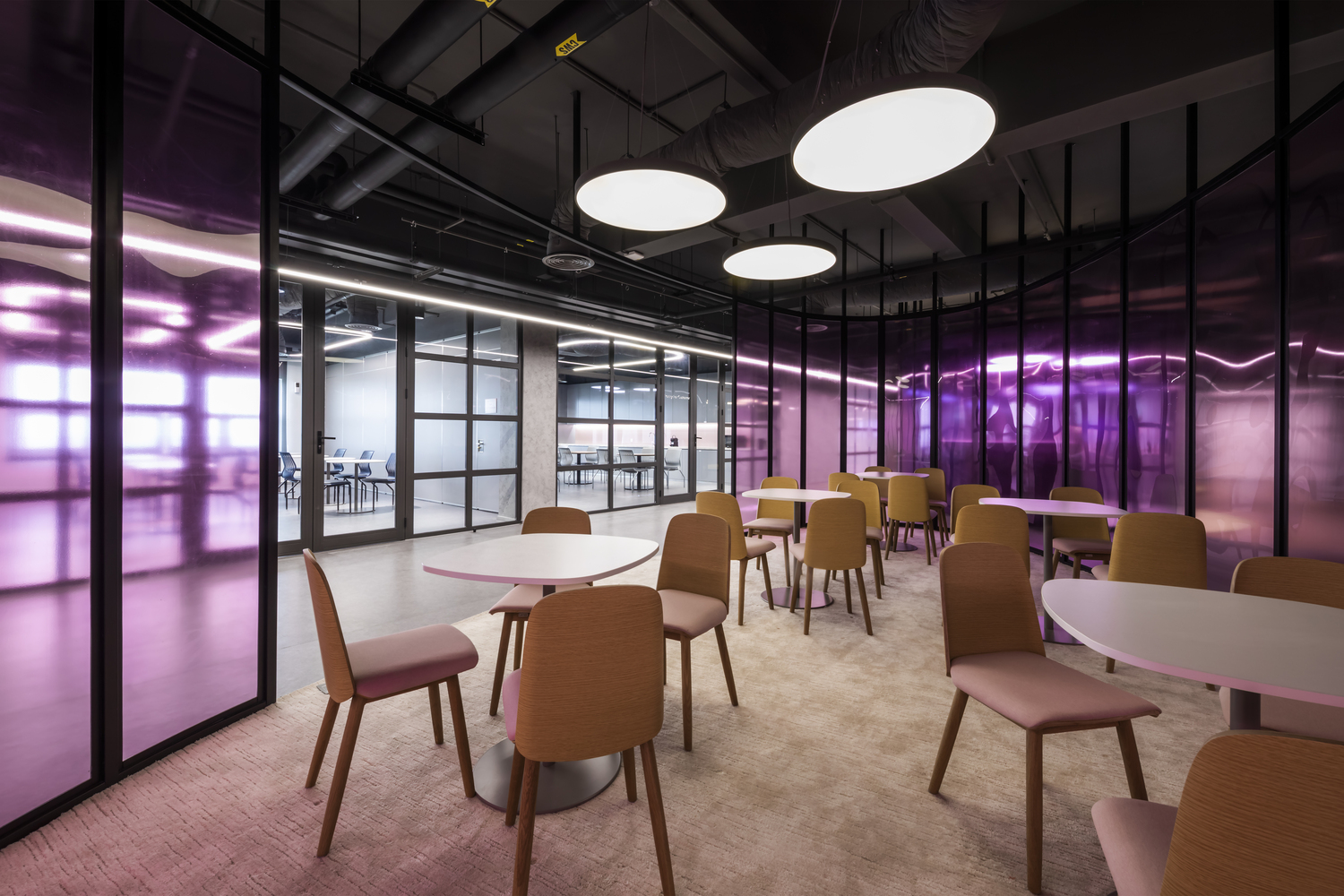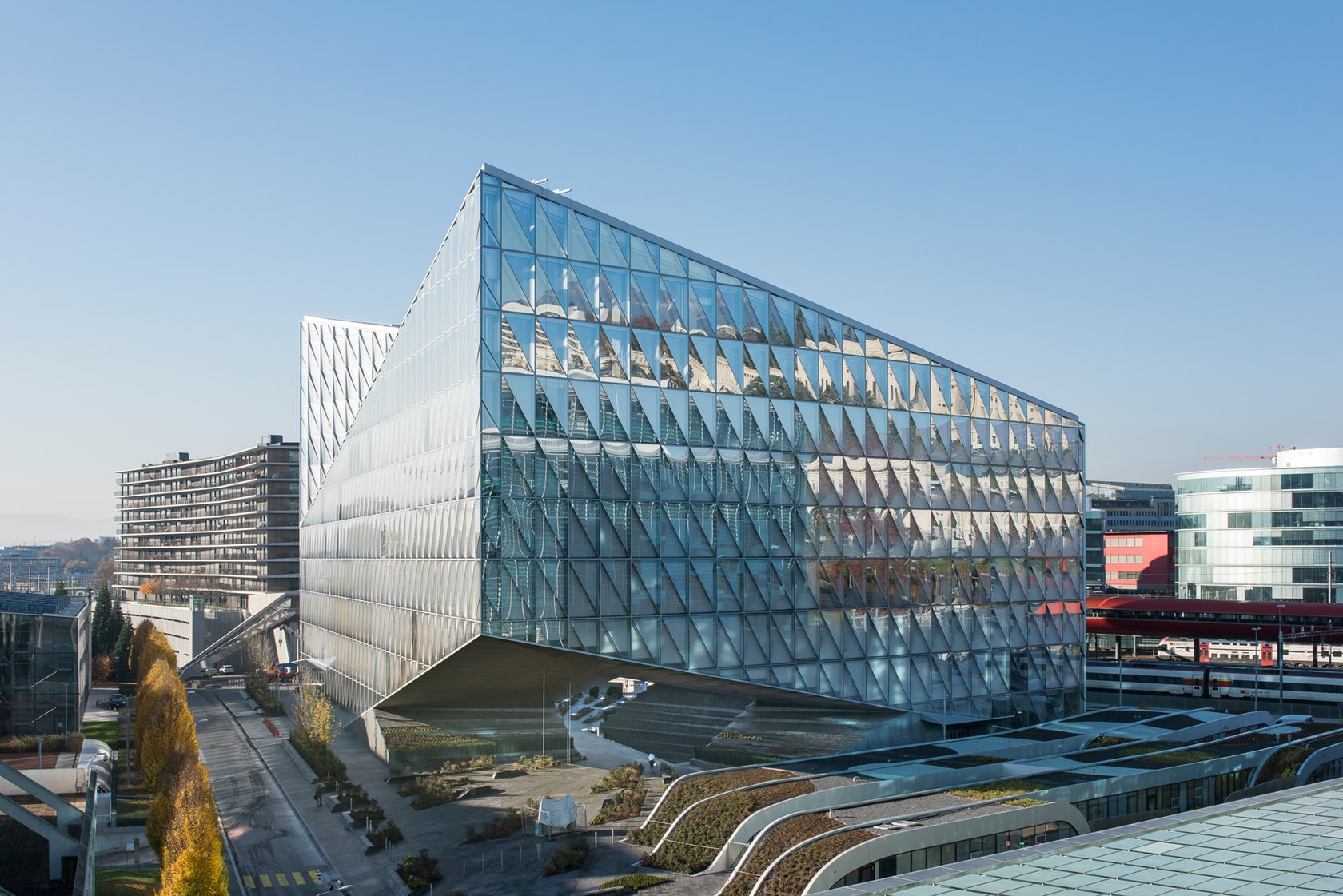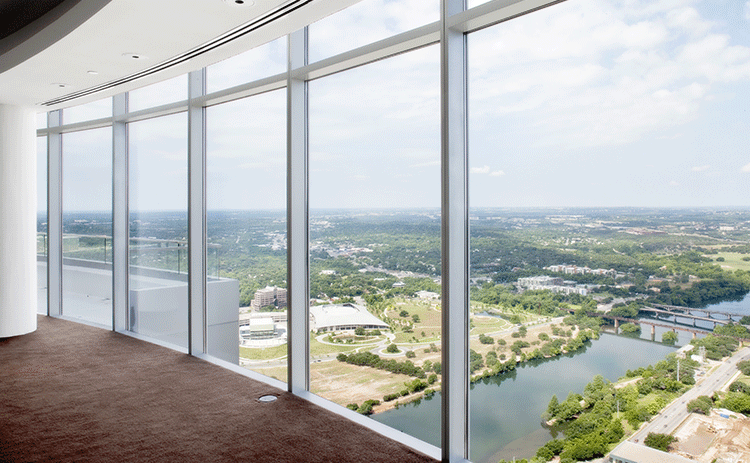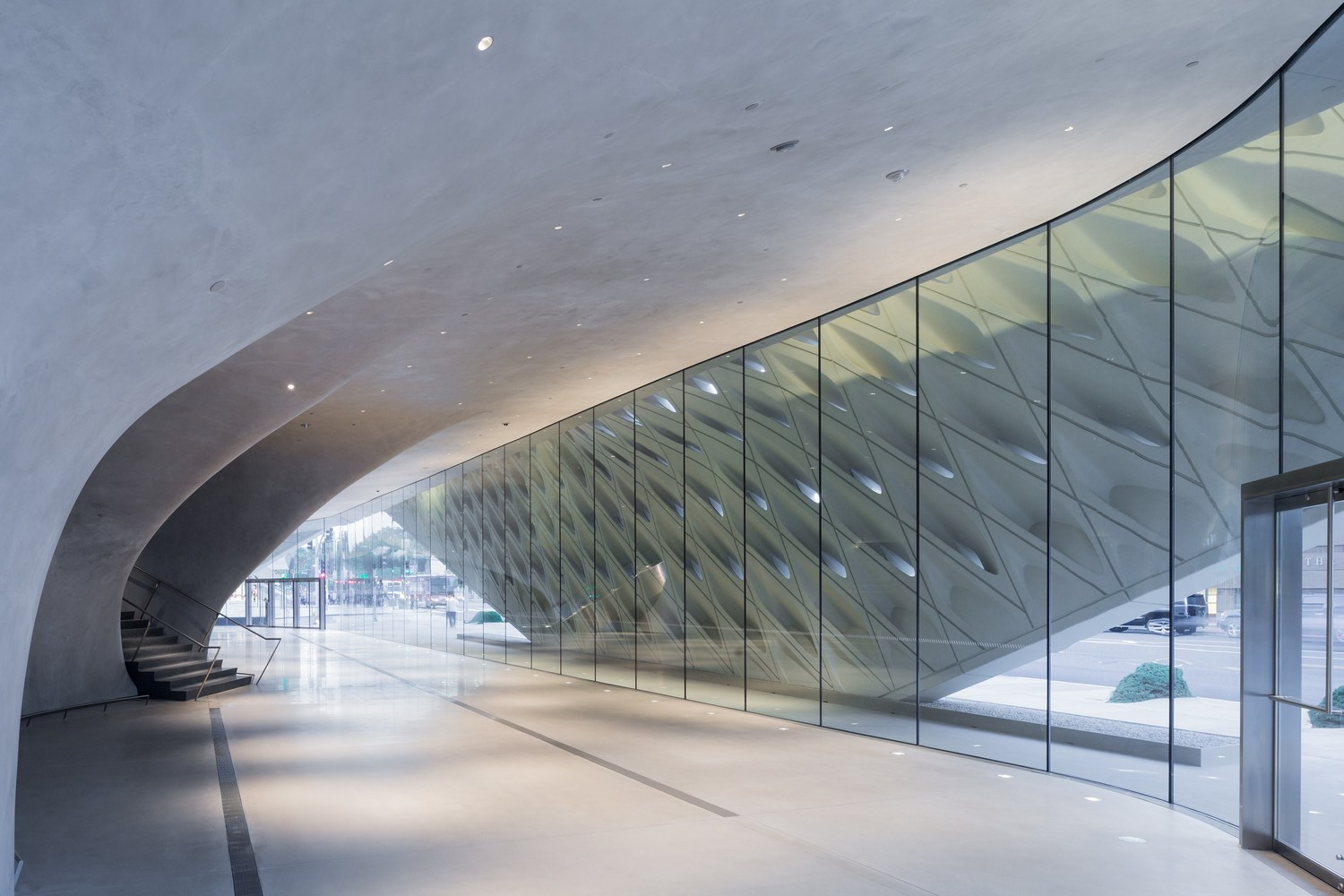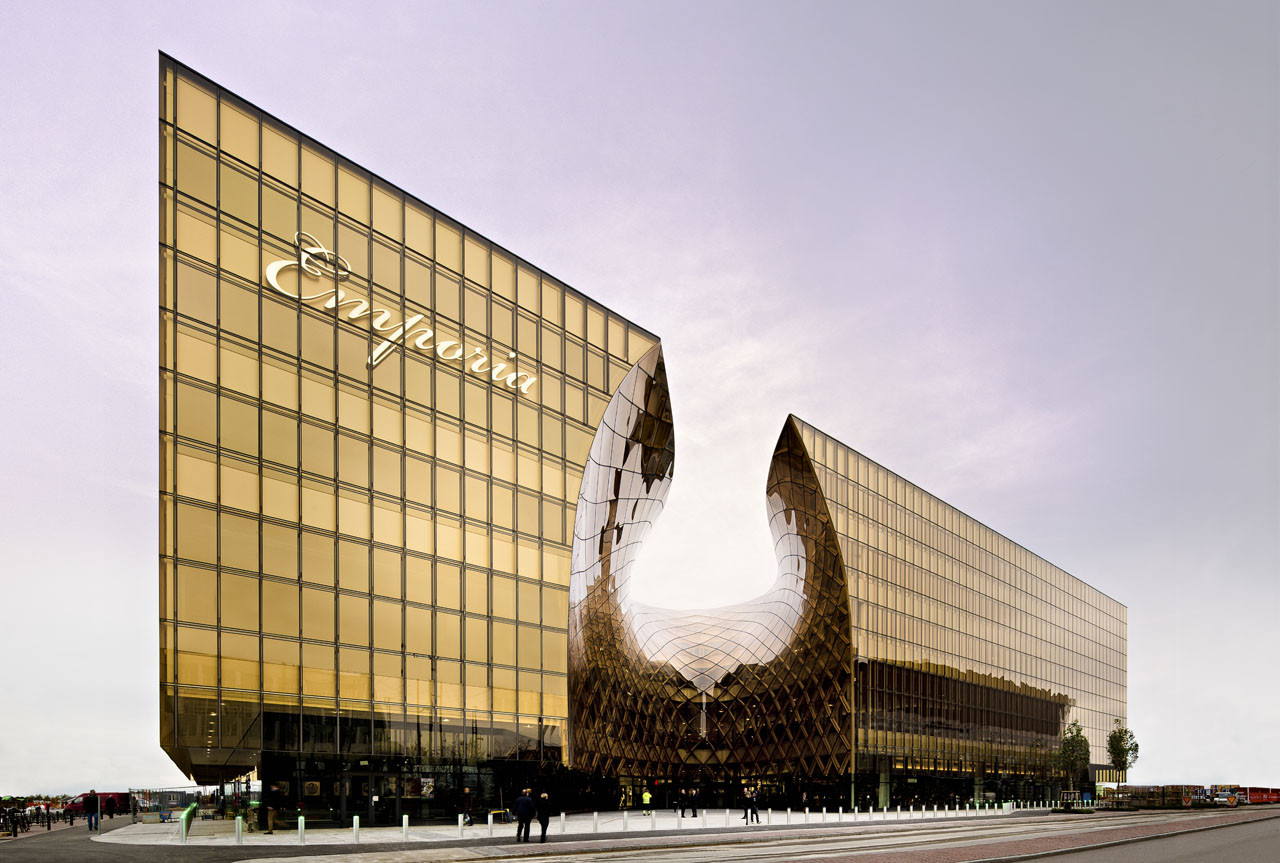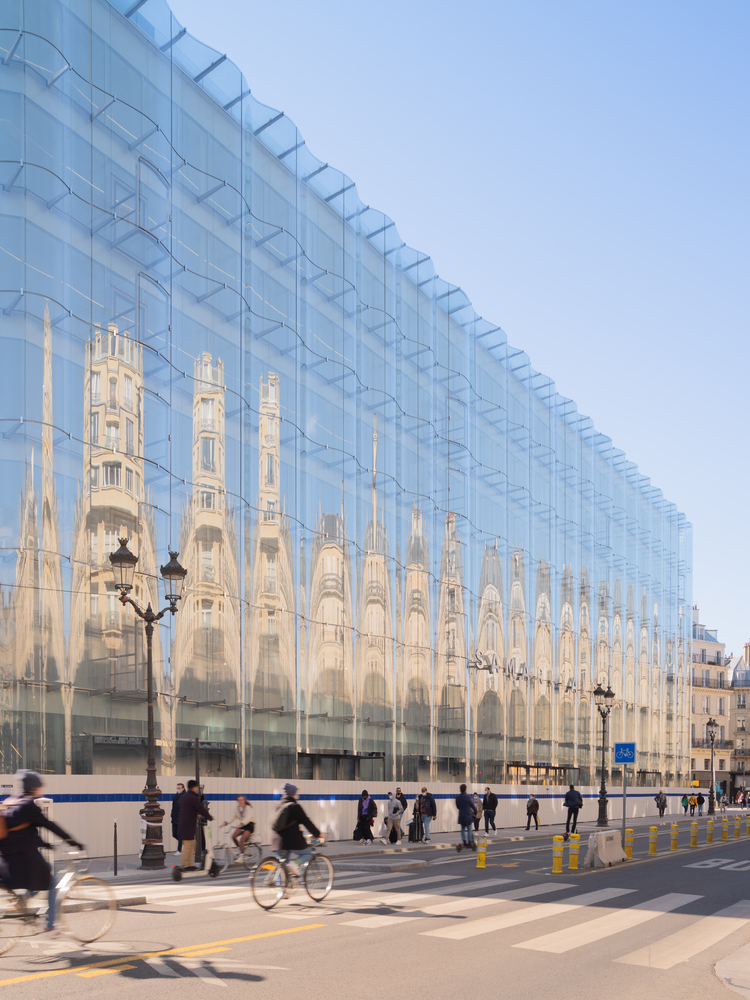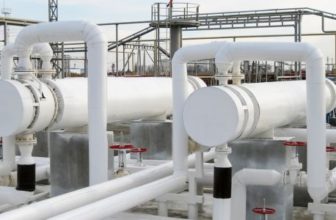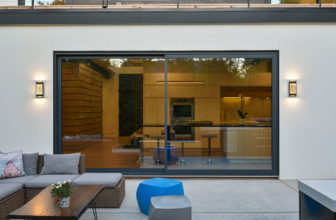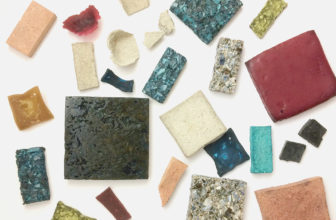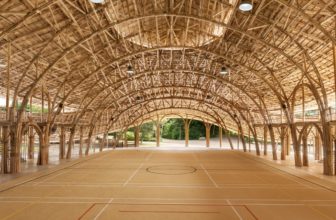Facades are how we experience the building from the outside—the systems and materials incorporated in a facade are what give it its identity. Curtain wall systems have been enhanced, updated, and altered to create stronger identities for contemporary buildings; they have been inspired by engineering, technology, and even art! Keep reading to find out the latest trends in curtain wall systems.
What are the Main Types of Curtain Walls?
Curtain systems are manufactured at a factory and assembled before they are installed into the building’s structure. According to the method by which the system’s components are assembled, there are two main types of curtain systems:
-
Stick Curtain Wall System
Stick curtain wall systems’ components are assembled piece by piece on the building’s structure. This method is applicable for low-rise and small-scale buildings because they offer easier and less dangerous access for the assembly process. One of the pros of this system is the flexibility it gives for on-site adjustments and alterations.
-
Unitized Curtain Wall System
On the contrary, components of the unitized curtain wall system are pre-assembled at the factory, and they come as a single unit to the site. This system minimizes the need for labor and decreases the risks of the on-site assembly process, especially for taller and larger-scale structures. Moreover, it ensures a faster and higher-quality construction process.
What are the Components of a Curtain Wall System?
-
Transom
Transoms are the horizontal members on the curtain system panels anchored on the edge of slabs or beams.
-
Mullions
Mullions are the vertical elements forming spacing divisions between curtain wall units. Both transoms and mullions’ primary function is supporting the dead weight of the curtain wall.
-
Vision Glass
Visions glass is the transparent glass installed in curtain systems. It comes in double and triple glazing options and can include high-performance features including Low-E, reflective coatings, heat treating, thermal shading, and lamination. It can, as well, incorporate technologies like smart tinting. Moreover, it comes in countless dimensions and shapes.
-
Anchor
Anchor assembly in a curtain wall system comprises an anchor for attaching the curtain wall to the building’s structural system. Moreover, it comprises an enclosure for the anchor that takes up an area adjacent to the anchor.
6 Curtain Wall Hot Trends with Impressive Features
-
Glass Partitions and Interior Curtain Walls
Interior curtain walls have been used as room dividers in office buildings and commercial spaces for several benefits—they increase the building’s intake of natural light and isolate a space while still inviting people to it. This industry is now gaining the interest of construction stakeholders more than ever, particularly because of the pandemic’s effect on how we inhabit buildings
Interior glass curtain walls help minimize infections without visual interruption. Their market has been growing and is expected to grow more in the next few years due to flexible workplace demand to limit virus spread.
-
Energy Efficient and High-Performance Curtain Walls
With more attention given to mitigating climate change challenges, curtain walls are constantly being enhanced to provide higher performance. These enhanced include double and triple-skin curtain panels and building-integrated photovoltaics (BIPV) technology to harvest solar energy and create more self-sufficient buildings, energy-wise.
High-performance curtain systems offer a great return on investment. Even in countries where energy costs are low, high-performance curtain panels are still required to enhance the overall indoor environmental quality of a building. They reduce heat gain while still providing access to natural light, enhancing productivity and wellbeing, and boosting the building inhabitants’ moods.
-
More Technology Involved, Including Artificial Intelligence!
Technology’s role in all industries is dominating any other role in our age. The curtain wall industry was not an exception as it is influenced by innovative technologies through all its phases. In the pre-construction phase, the Building Information Modeling (BIM) technology is helping designers and architects get a closer look at curtain systems, their components, and how they are installed. Moreover, BIM is used to test the energy performance of curtain panels and to accurately estimate their cost.
For the building operation phase, technology has enabled the creation of smart glass—electrochromic tints automatically according to the outdoor climate and lighting conditions. This incredible feature helps create a more comfortable indoor environment in terms of glare and heat gain.
-
Extra Large Curtain Wall Panels
Once again, thanks to technology, curtain wall panels are now available in extra-large sizes, enabling architects and engineers to go wild with their concepts without compromising efficiency—extra-large insulating glass units still acquire the impressive feature of Low-E, reflective coatings, heat treating, thermal shading, and lamination.
Large glass panels allow more light into the building and offer the inhabitants uninterrupted views of the outdoors. This technology comes with its own challenges, however, they are being mitigated by manufacturers—glass panels are being made thicker to make for the load of the extra height, and steel framing is used because it is stronger than aluminum framing.
-
More Complex Framing and Panel Shapes
Curtain panels are now available in complex shapes that can accommodate curved facades, striking angles, and sloping buildings, giving more freedom to architects than ever. Regarding curving facades, aluminum framing has been a great help as aluminum can be bent into whatever desired shape.
On a smaller scale, no more boring squares! Individual glass panels are not limited to right angles anymore—thanks to modern fabrication methodologies, glass panels are available in multiple shapes including trapezoidal, parallelogram, or triangular. Patterned curtain wall panels are available as well.
-
Less Framing is Becoming a Trend, As Well
Less curtain wall framing is gaining more interest in our day. Structural innovations and steel framing have made this easily possible—buildings can now carry some 40-foot frameless panels without splicing, additional internal reinforcement, or more connections to the building structure. This feature helped architects create clear, minimal elevations and offered uninterrupted views into and out of the building.
Moreover, frameless curtain wall increases the indoor environmental quality of buildings, especially after the covid-19 pandemic that resulted in a growing need for connection with nature and the outdoors. More natural light into a room has direct positive health and productivity impacts on building inhabitants.


